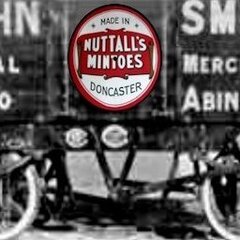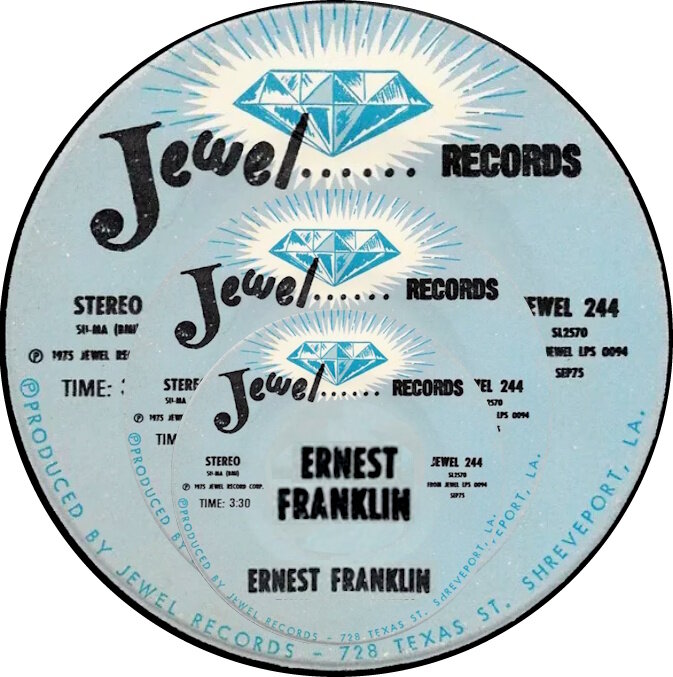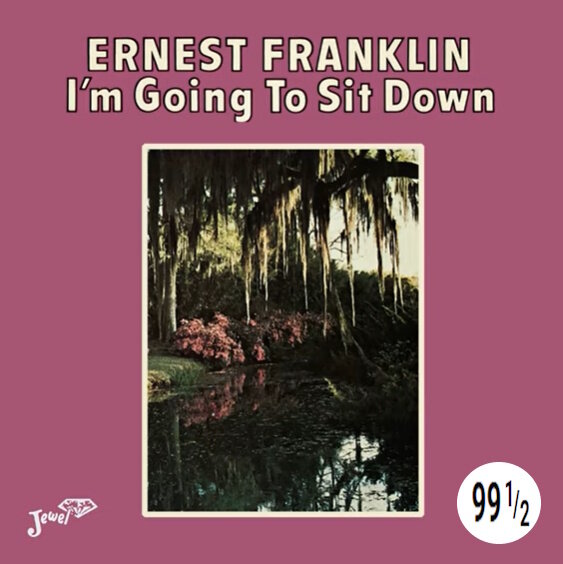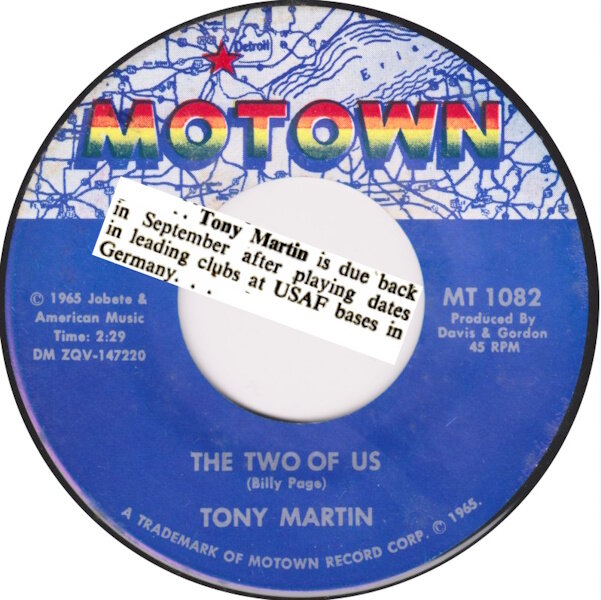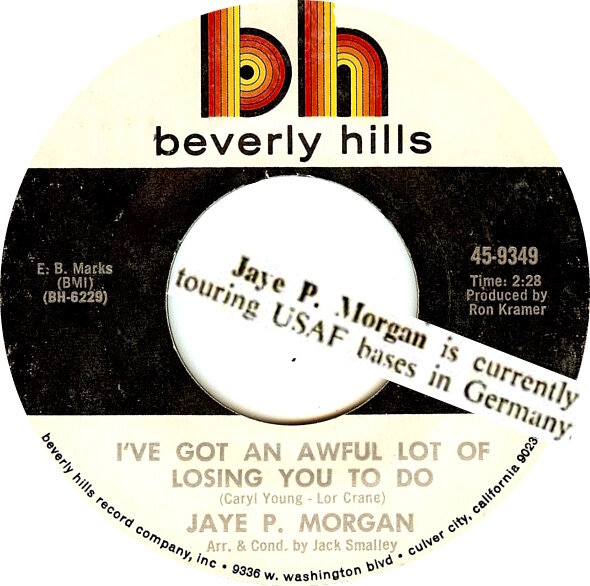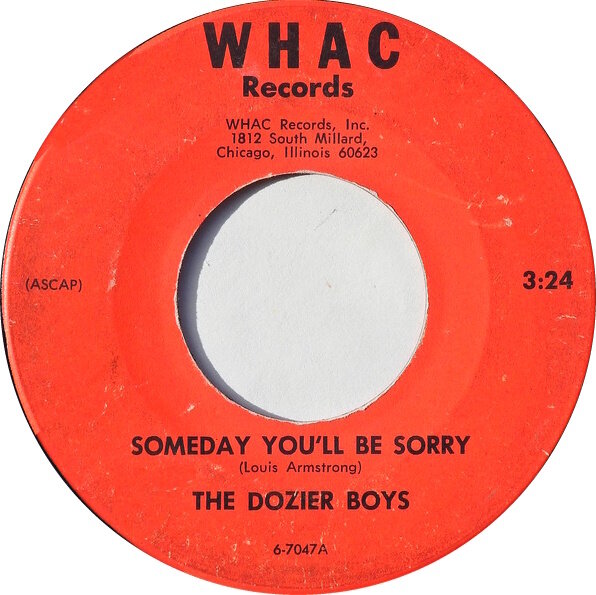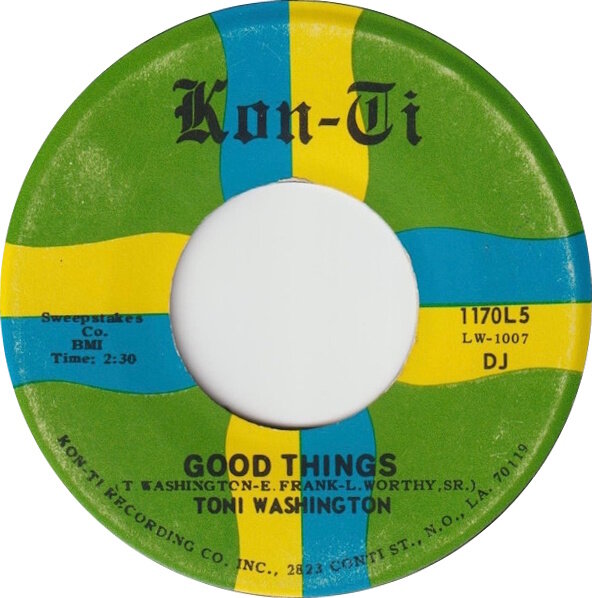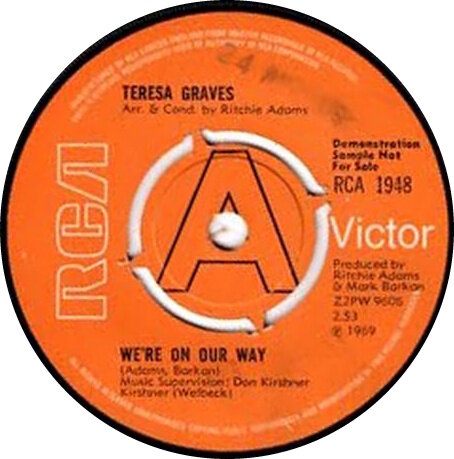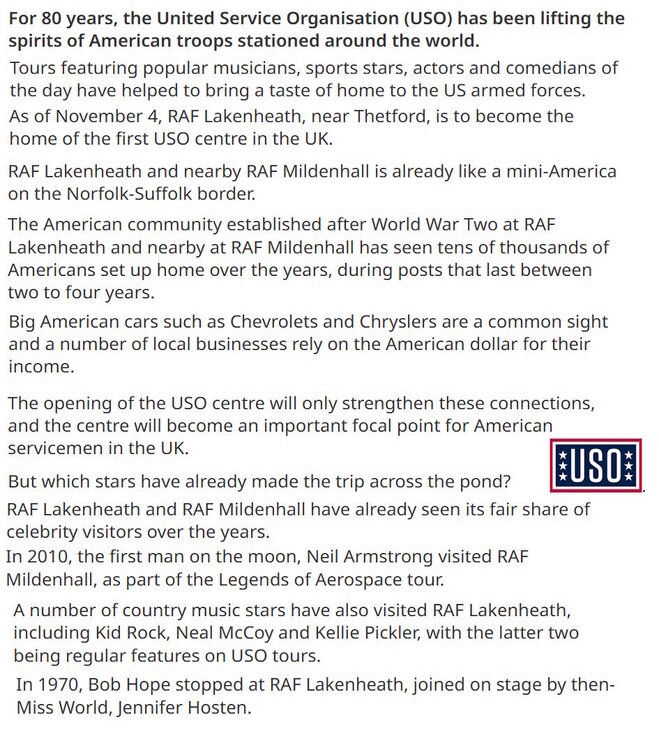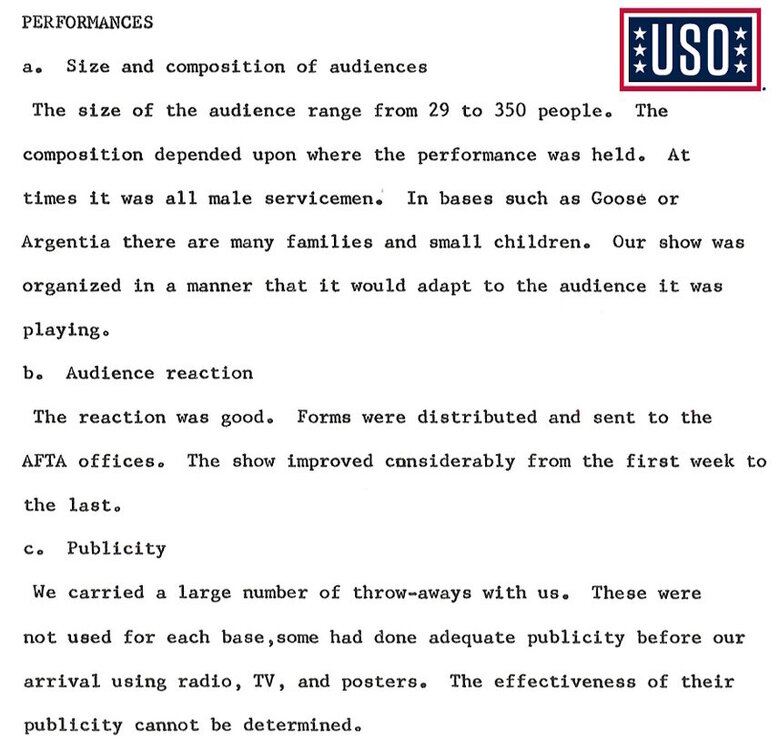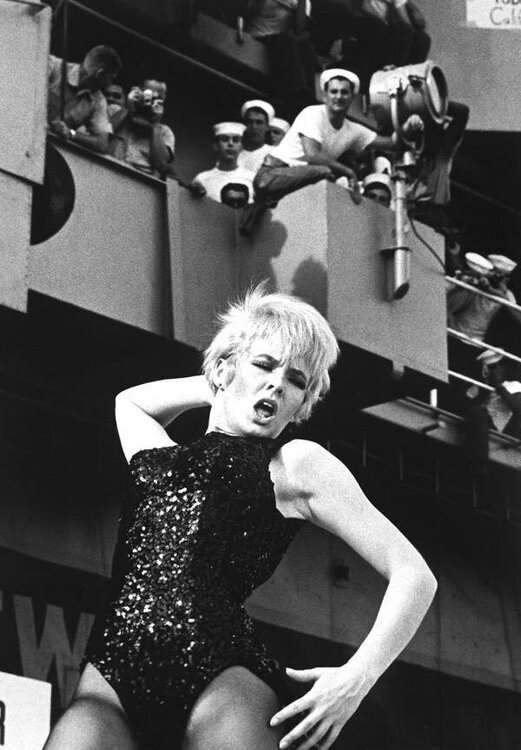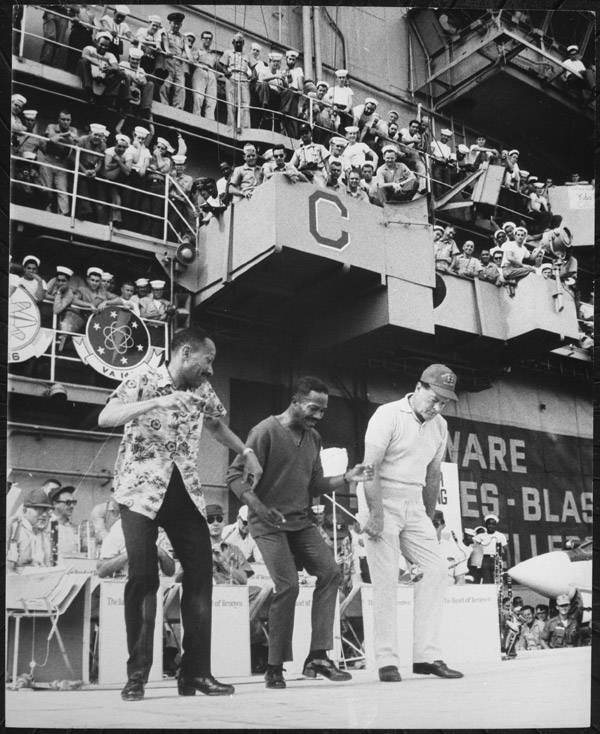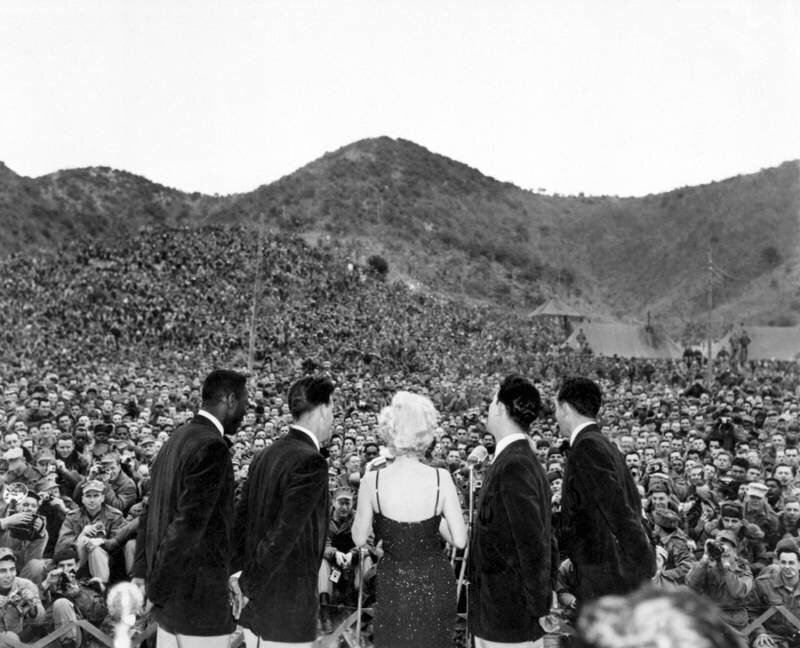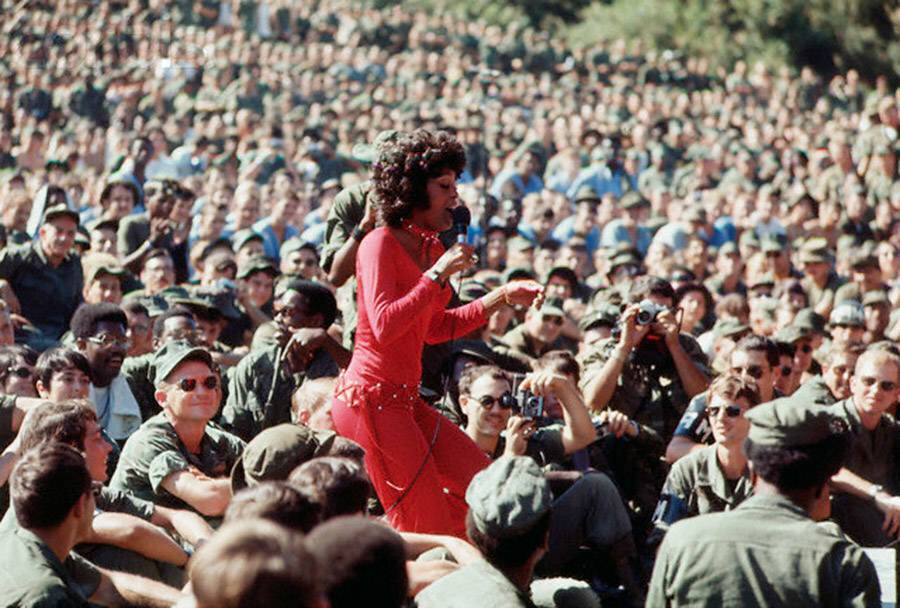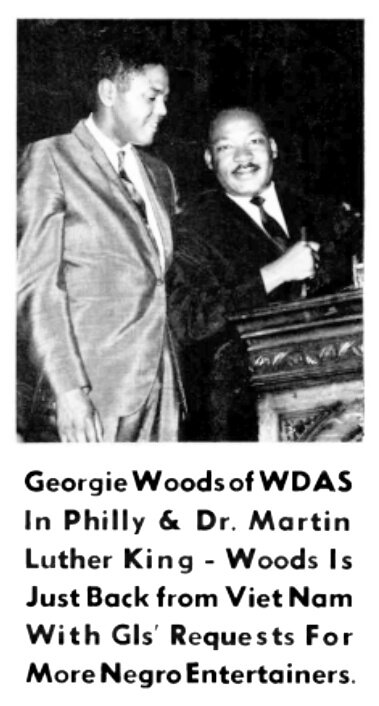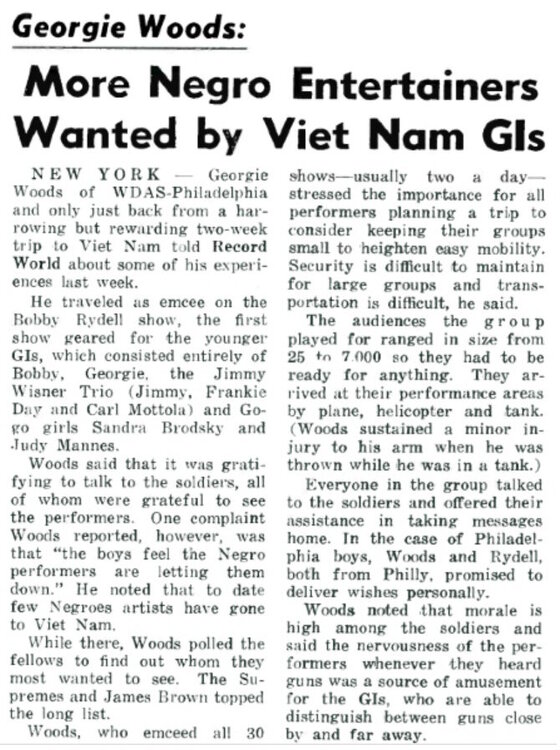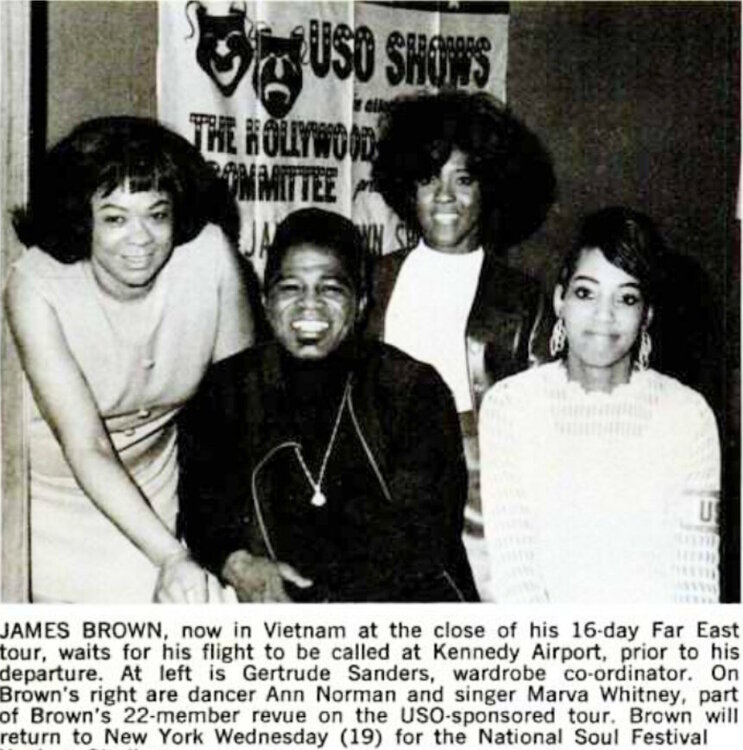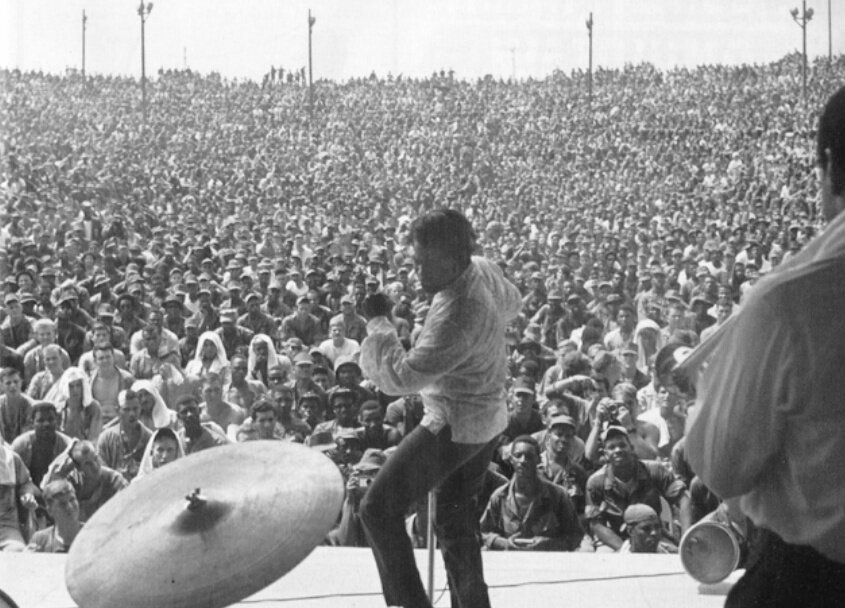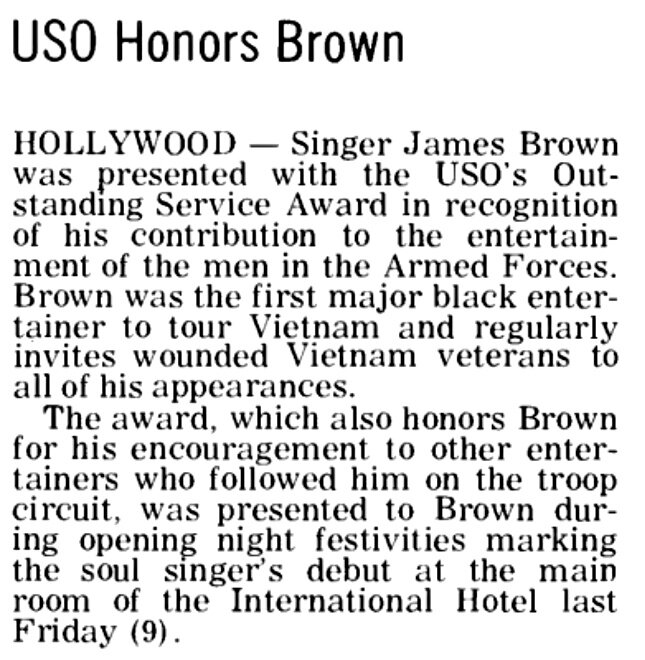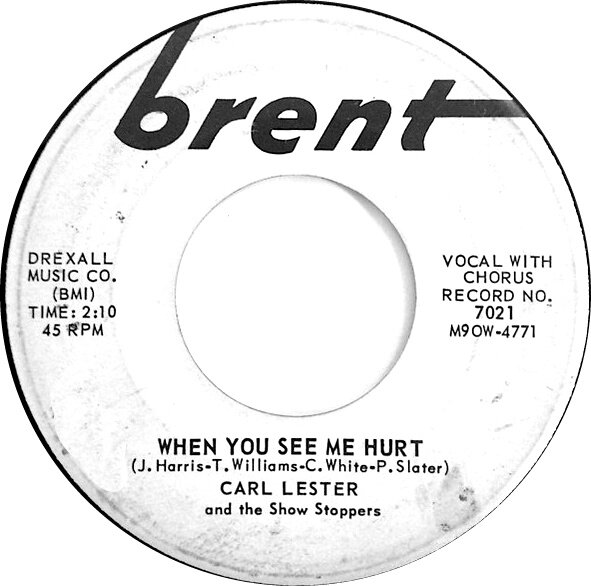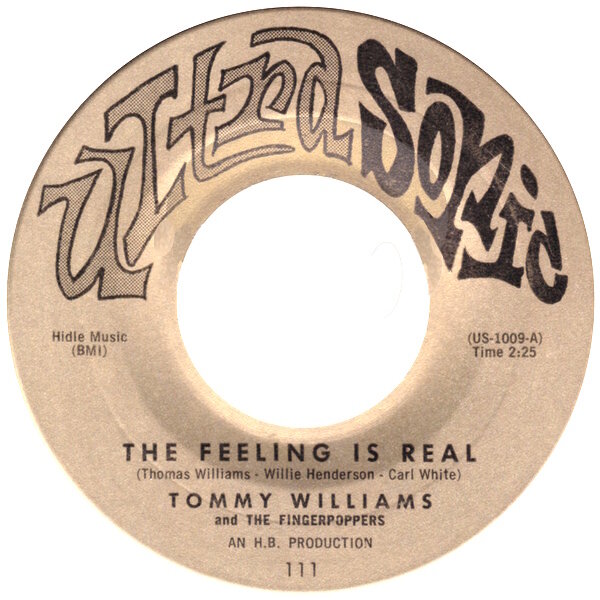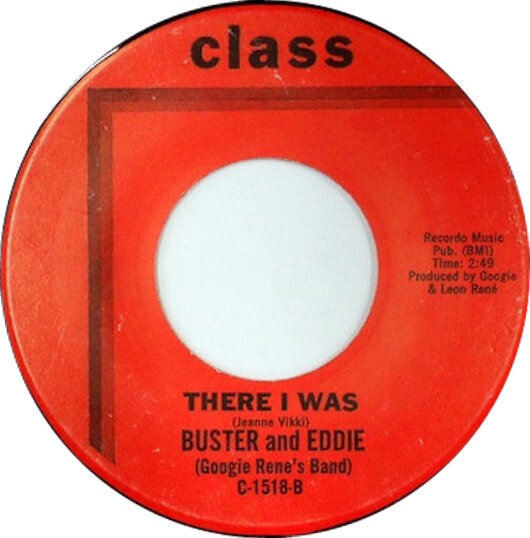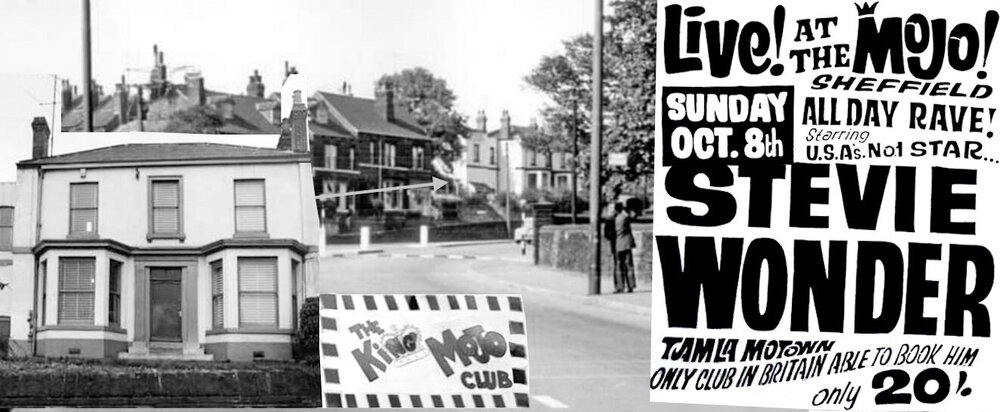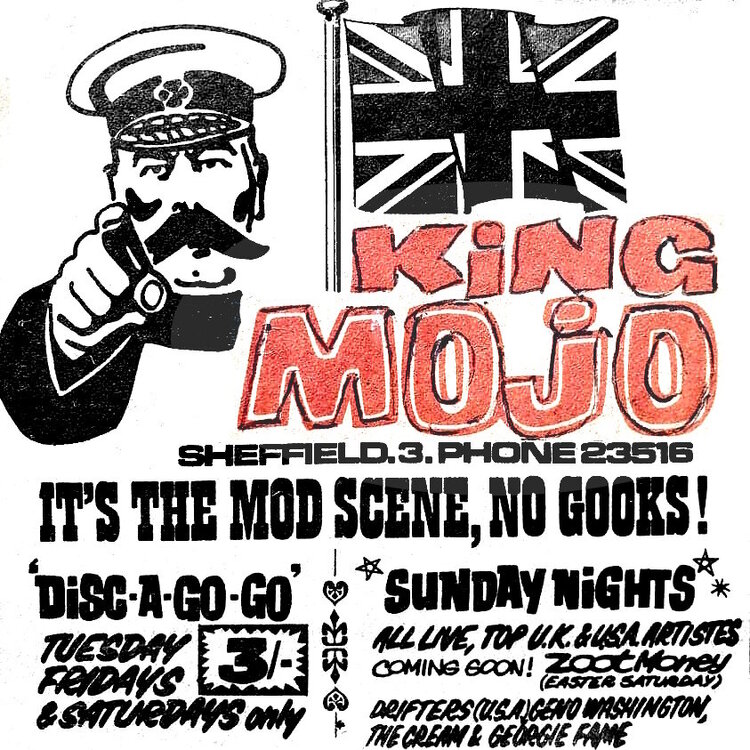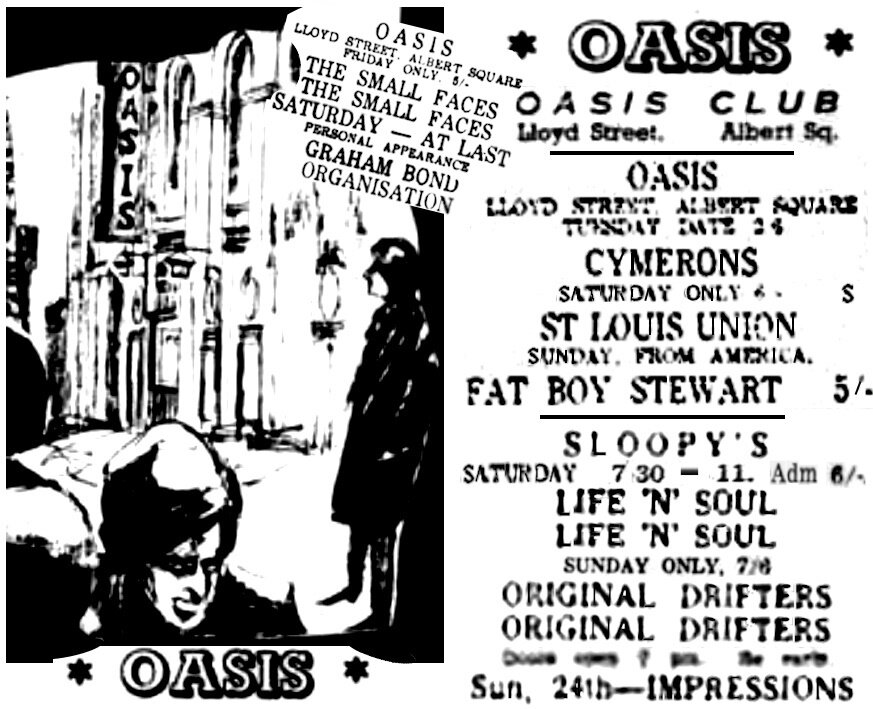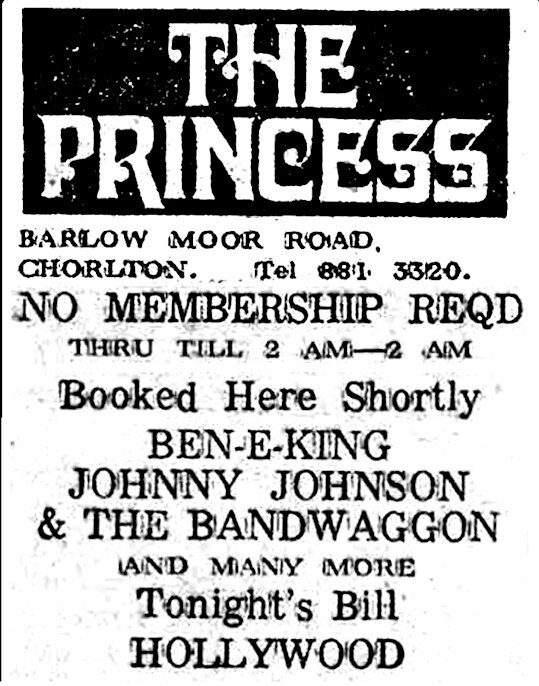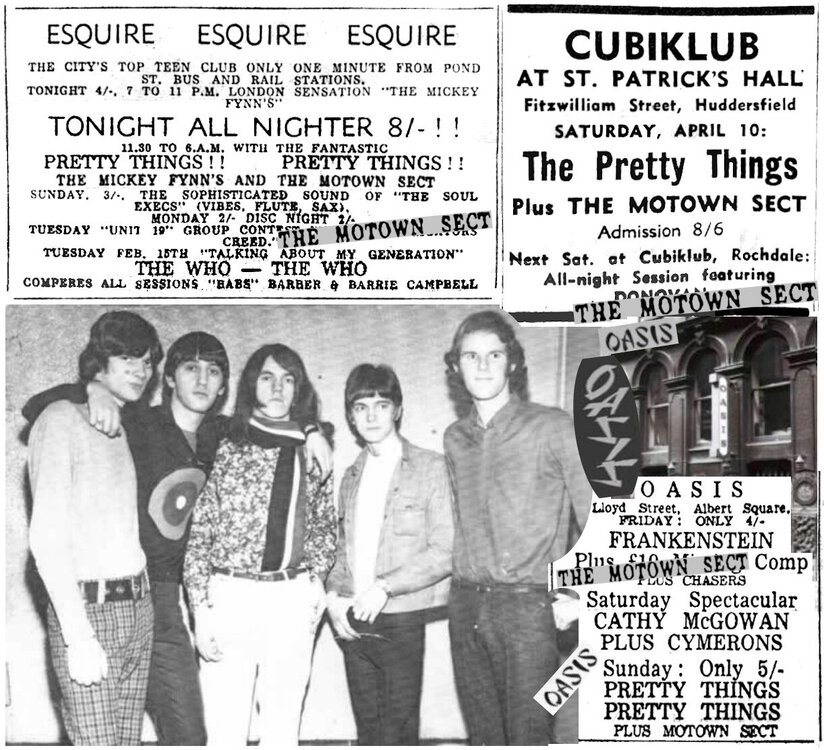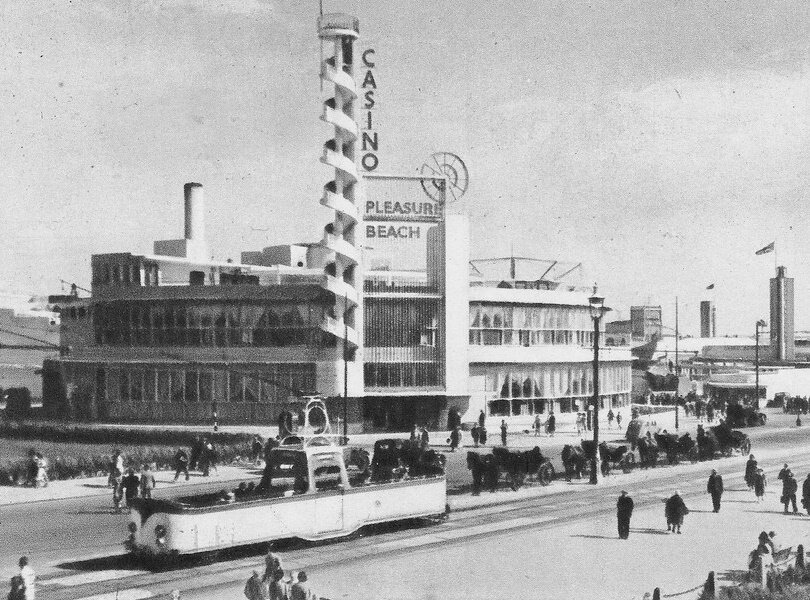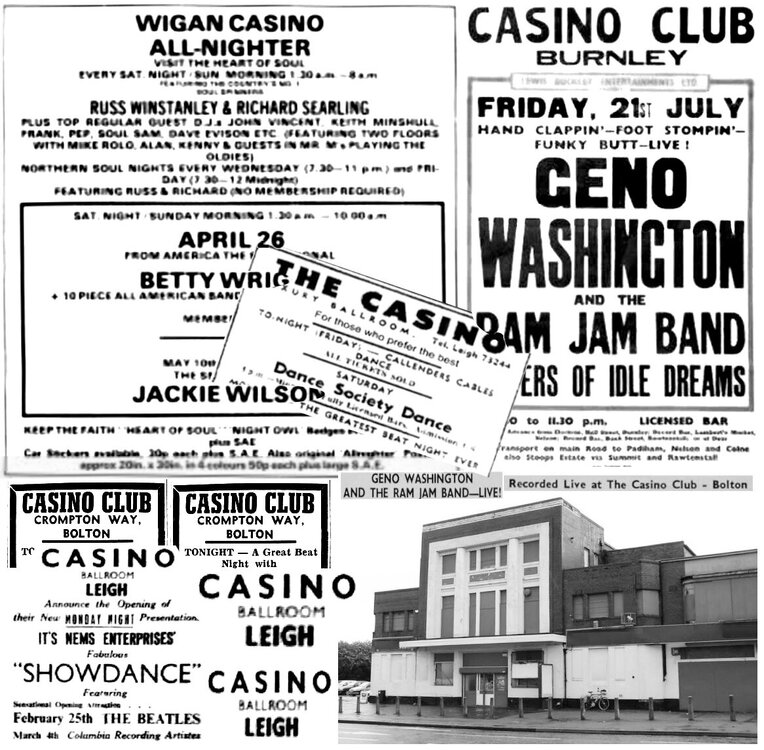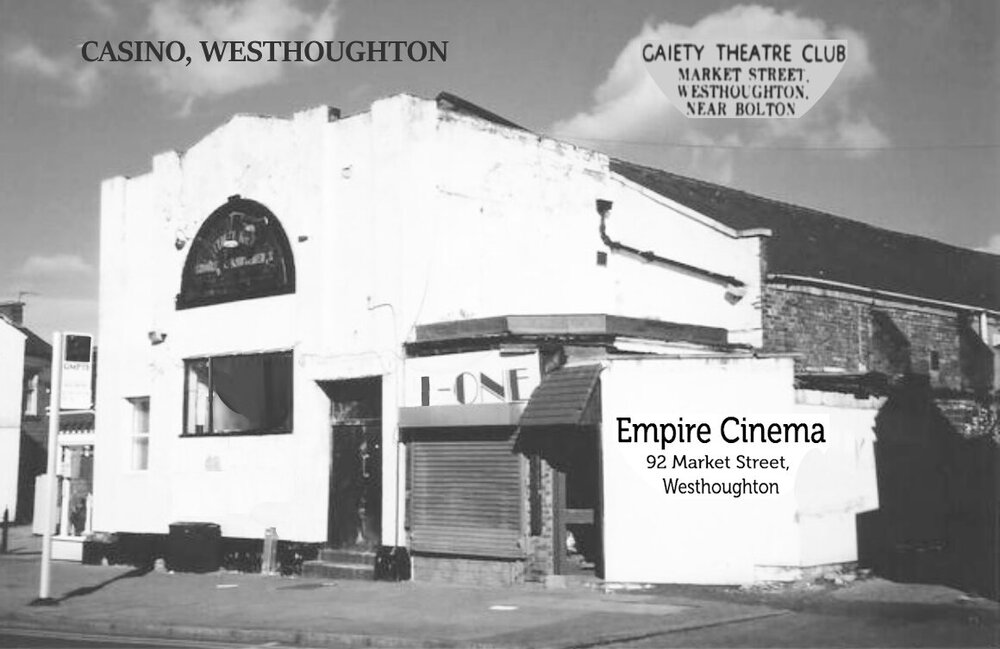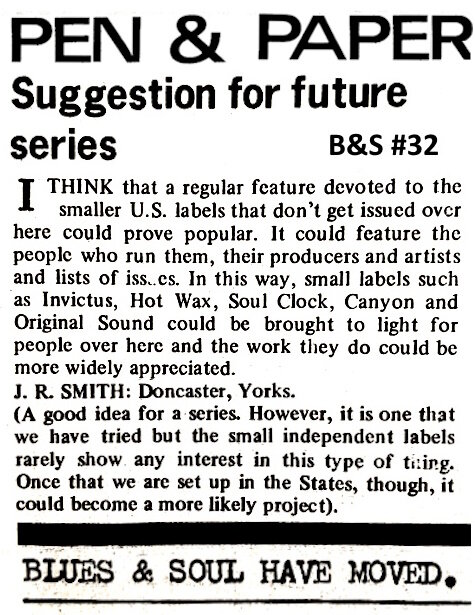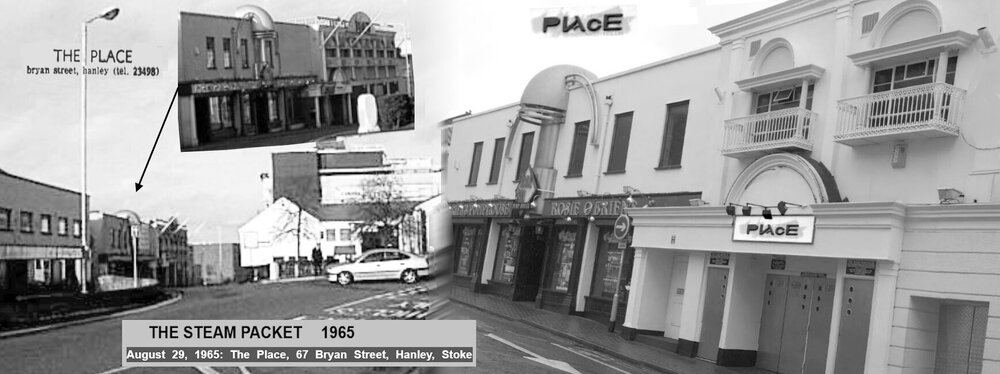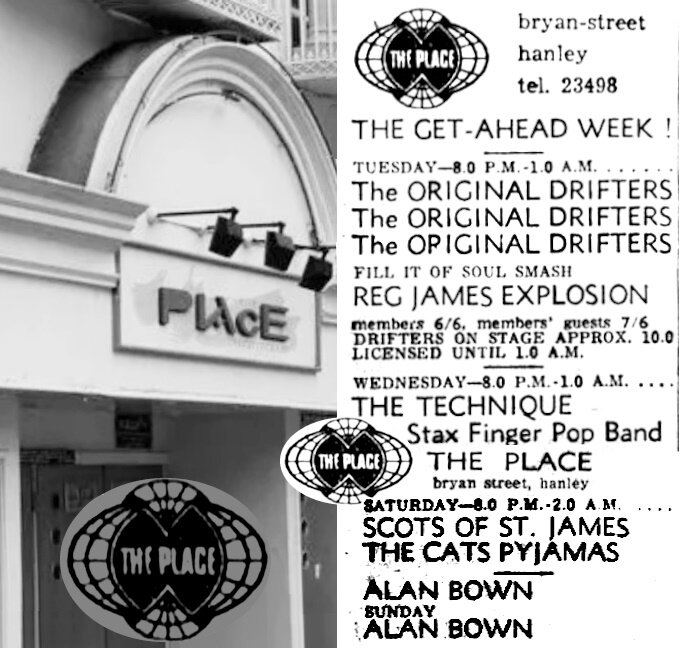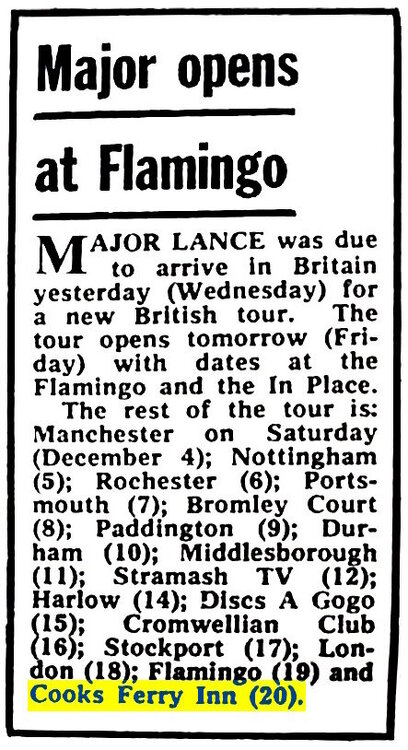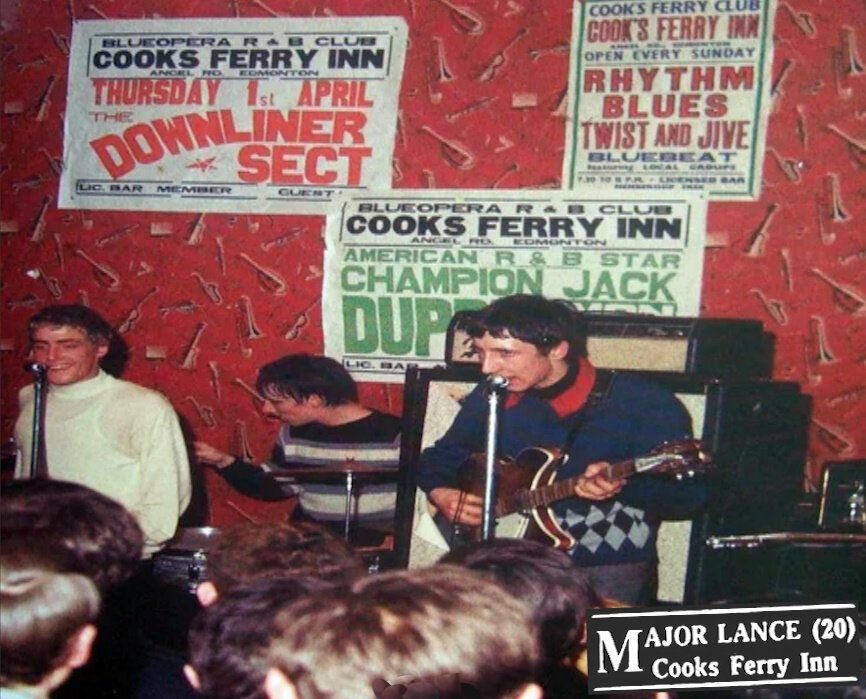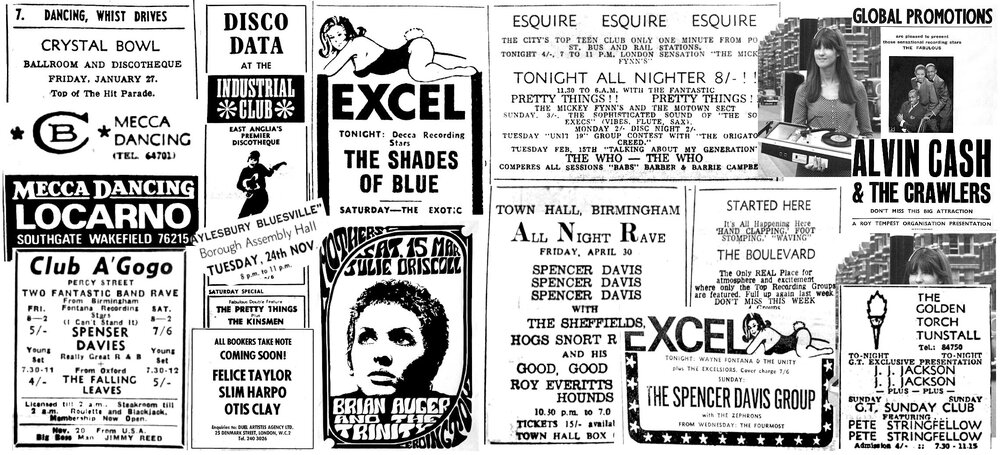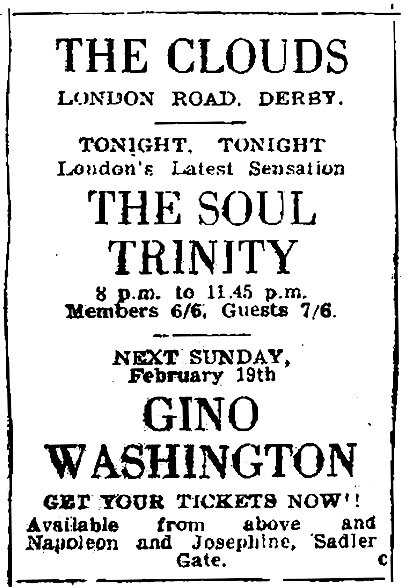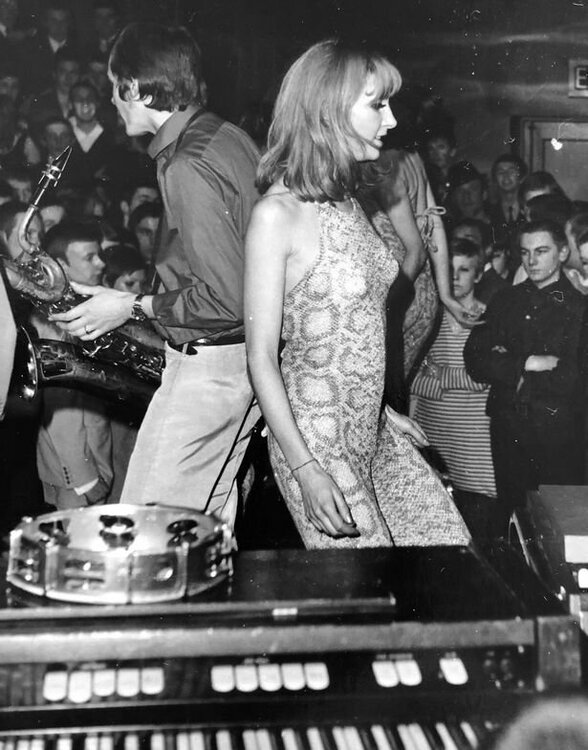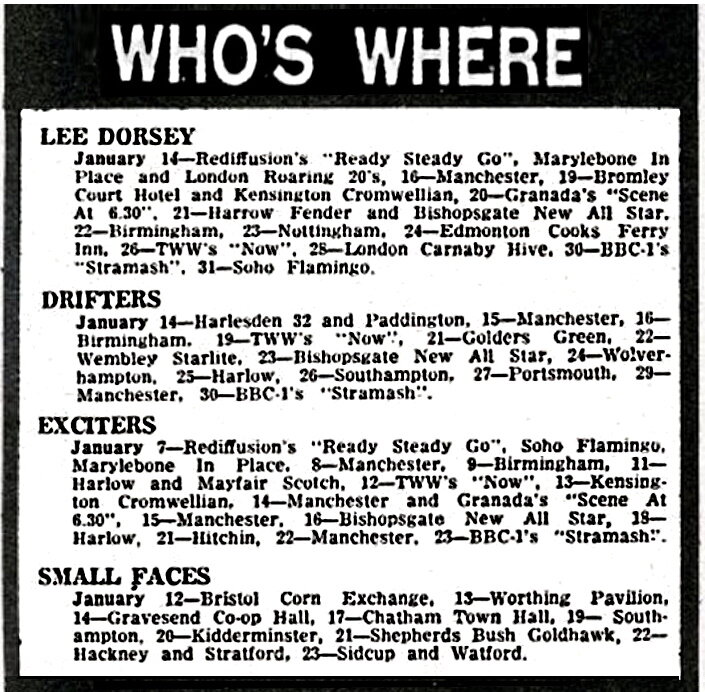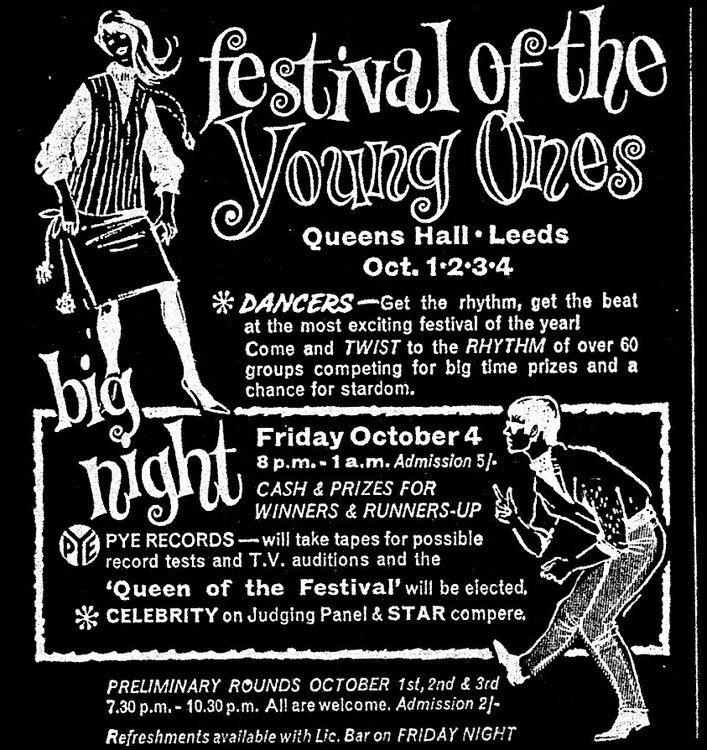Everything posted by Roburt
-
Gospel Tracks on the up ...
Lots of the gospel tracks put up on this thread are up tempo dance items ... NOT the Mildred Clark just above though ... here's one that also doesn't qualify as a dancer; to me it has more of a deep soul feel to it ...
-
Gospel Tracks on the up ...
-
USO arranged Tours of UK / European USA military bases
QUOTE from my 1st post on this thread ... seems those employed at the USO had a 'white bias' back then. THIS IS BACKED UP by this from James Brown about his trip to Viet Nam to entertain the troops ... James Brown says that it was Bob Hope himself, interestingly enough, who would clinch the Vietnam tour at the May, 1968 State Dinner: “[He] told some of the USO people, ‘If you’re going to get anybody to perform for the troops, James Brown is the man.” . . . The sad joke at the time was that “Armed Forces Radio Network offered two kinds of music: country and western.”
-
USO arranged Tours of UK / European USA military bases
I found a couple of mentions of singers playing USA military bases in Germany, none at present for UK shows. But these happened on a regular basis at places like Upper Heyford, Lakenheath & Mildenhall. It seems that such visits are still going on these days as well.
-
USO arranged Tours of UK / European USA military bases
It's very hard to track down info on which soul acts played UK USA military bases. With Viet Nam being much better reported, that's an easier task. Just some of those that played for troops in Viet Nam were ... Barbara McNair, Rosie Greer, Teresa Graves, Toni Washington, the Ink Spots, Anita Bryant, Jackie DeShannon and more ... as already stated Joey Heatherton, the Dozier Boys & Lola Falana played shows there too.
-
USO arranged Tours of UK / European USA military bases
A few related videos ... Disc Jockey selects and plays record at AFN (American Forces Network) studio in B... this one is a film version I guess ...
-
USO arranged Tours of UK / European USA military bases
I touched on this subject in the 1960's UK Soul Clubs thread. But I need to take it further. The USO -- American United Services Organisation -- was set up to make US servicemen stationed abroad feel happier. Many were young men on their own, miles from home, in a strange country & feeling lonely. AFN radio was set up to bring them familiar entertainment but they still had many hours of 'down time'. In the 1960's / 70's 100's of US bases existed across Europe (in Germany, Spain, UK, Greenland, etc.), so there were 1000's of troops who needed entertaining. Many were black guys, some of these in near active combat areas (Germany in the 60's, the threat from over the Berlin Wall, etc.) Further afield there were more active combat zones (Viet Nam, etc) and the USO also organised entertainment out there (but that's mainly beyond the scope of this thread). ANYWAY, with big US bases around London + in Norfolk, Suffolk & Oxfordshire, there were lots of guys needing to be distracted from their daily miliary grind. So the USO organised tours to entertain them. Movie stars, famous sportsmen, dancers (female ones being very popular) and singers were brought over to put on shows on the US bases. Over 10 years ago, I gained access to the local US bases in Norfolk's ON-BASE NEWSPAPERS via (I think) the Norwich Library or Norwich Uni's on-line service. Thus, I was able to look through these monthly publications and check for news of who was visiting the UK and which UK based they would be performing at. This facility no longer appears to be available THOUGH I guess the actual publications are still held in Norwich. With Trump now running things in the US, he intends to scale down the US military's role in Europe, so I guess even more US based will be closed than has been the case in the last 30 years. So if we lose the bases, the USO will no longer arrange tours for US singers of UK bases. As it is, at present it's quite hard to get hold of info on who (from the soul field) toured over in Germany and the UK. It would be good if folk who have any info on such shows on British US bases would contribute their knowledge to this thread. Bases that were the most active with regard to such shows were (to my knowledge) Upper Heyford, Lakenheath & Mildenhall. I know the likes of Kenny Hamber played shows at all 3 of these bases and many other soul stars did shows in the UK and in Germany. I just don't know who & when they undertook these tours. I seem to recall a few soul singers undertaking normal UK tours in the 60's being asked to add a couple of shows @ British US bases to their itineraries (Lee Dorsey springs to mind). MORE FAMOUSLY, certain big stars tours did get a fair bit of publicity, but these were shows staged in the UK. James Brown did a tour of Viet Nam bases. Joey Heatherton also did such tours (which went down well). A less famous do-wop group also got publicity coz a couple of their members refused to go on their proposed tour in Viet Nam -- this was the Dozier Boys. Lola Falana also toured in Viet Nam, as did another black do-wop group who accompanied Marilyn Monroe on her far east tour (lots of pics of this exist but the name of the group wasn't stated -- I used to know who they were but my mind is like a sieve these days). DJ Georgie Woods also got involved at one point. A couple of gospel groups were hired by the USO to do shows on bases in the mid 60's but when checking these turned out to be insipid white Christian groups -- seems those employed at the USO had a 'white bias' back then. Anyway, I'm attaching a few pics to illustrate this topic, hope I get some input from others on this topic ...
-
New 45 - Terry Callier - I Don't Want To See Myself
QUOTE ... ‘I Don’t Want To See Myself…’ was the final release from Callier, whose career encompassed recording for .... NOT ENTIRELY TRUE. After learning that his old records were still very popular in the UK, Terry returned to performing & recording in the mid 90's. He had new releases out from 1996 through to 2009. Many of these releases also becoming very popular.
-
Tom Williams (of Buster & Eddie, etc) R.I.P.
-
Tom Williams (of Buster & Eddie, etc) R.I.P.
Willie Herman Weems has announced that his friend Tom Williams (of the Turks, Buster & Eddie, etc.) has passed ... Tom was BUSTER .. we're losing so many at present !!
-
WHAT ARE THE BIGGEST 'MODERN' NIGHTER SOUNDS?
scary 'shouty' capitals RULE OK.
-
WHAT ARE THE BIGGEST 'MODERN' NIGHTER SOUNDS?
In that case, YOU ARE TOTALLY WRONG and should keep your opinions to yourself.
-
WHAT ARE THE BIGGEST 'MODERN' NIGHTER SOUNDS?
QUOTE .."Sorry but anything containing those bloody awful synth 'pew-pews' has no place at an all-niter ..." ........ you omitted to finish your post by adding IN MY OPINION ...
-
!960's UK Mod / Soul Clubs
-
!960's UK Mod / Soul Clubs
I've seen mentions of a club in Halifax from the mid 60's; Big DADDY'S ... It was owned by the Crabtree bothers (one of who wrestled under the name of BIG DADDY). It booked lots of R&B / mod groups before being reinvented as THE SCENE late in 66. Anyone known much about this venue ?
-
!960's UK Mod / Soul Clubs
To tie in with the book of Manc 60's photos that just got a thread on here, a few Manc club related bits ... Think some useless more modern group may have taken the name of a famous old Manc club ... ... ... ALSO the group pic I've posted up (THE MOTOWN SECT) is of a Manc based mod / soul group who played lots of Manc area venues in the early to mid 60's (BTW, the guy in the middle in the college scarf is LEMMY of Hawkwind & Motorhead fame) ...
-
What was it with Casino Clubs in Lancashire ?
-
What was it with Casino Clubs in Lancashire ?
Missed out a mention for yet another Lancs CASINO .... that's cos I couldn't find out anything more about it than this solitary mention ... JUNE 1962; opening of Casino Pigalle Club in New Brown Street, Manchester ... (not that far from the Wheel's location).
-
What was it with Casino Clubs in Lancashire ?
I'm from the superior side of the northern hills (the dry side -- God's country), so wasn't exposed to too many Lancs clubs back in my youth. Of course, I attended the Wheel niters and if we arrived in Manc too late (after midnight), another Manc niter venue (can't recall it's name). Mates who dropped off the niter scene after me used to go to Va-Va's (Bolton) but not too many of 'our crowd' lasted till the Wigan Casino opened. So we were never aware of the various 'Casino Clubs' dotted around Lancashire. As these all operated in the 50's and through the 1960's, many were frequented by the local mod / soul crowds ... BUT just why was there such a trend of calling clubs THE CASINO in Lancs ? I know of no Casino Ballrooms, Casino Dancehalls or Casino Clubs in Yorkshire (apart from betting establishments, most of which came much later). But in Lancs there was the Bolton Casino, Wigan Casino (in the same ownership in the 60's), the Burnley Casino, the Leigh Casino, the Casino Club in Westhoughton (which had been the Empire Theatre & after it's days as the Casino became the Gaiety Club). The Bolton Casino had also started out as a cinema, not sure what the Burnley & Leigh versions had started life as. I've checked on tintanet and it seems there was a Casino Ballroom on Canvey Island, a Casino Dance Hall in Mumbles (Swansea) and also a Casino Ballroom on Corporation St, Birmingham (it became the Mecca there). Back in the Manc area, there was a Casino Cinema on Wilmslow Rd but that burnt down in 1960 (before TV took over from films as the main family entertainment and many old cinemas were converted to dance halls). With our crowd attending clubs mainly across Yorkshire & Lincs (Donny, Wakefield, Sheffield, Leeds, Hull, Brid, Scarboro, Tadcaster, Lincoln, Cleggy, etc) before we were forced to head further afield (a couple of trips down to London, to Nottingham, Leicester & finally the Wheel), we were unaware that the likes of Geno Washington & RJB + Ike & Tina Turner played 'Casino' venues in Lancs. We had top venues closer to home & so had no need to venture to those far flung (to us) venues. BACK TO MY QUESTION FINALLY ... Anyone here know why THE CASINO was such a popular name for dance venues in Lancs but hardly anywhere else across the UK ?
-
Time's A Wasting - Fuller Brothers - Square clock design.
My mate Steve Mercer (a DJ in the late 60's / early 70's at various Hull soul clubs) had the 1st copy I ever saw. He played it for me in 1969 & I instantly fell in love with it. It still wasn't easy to get hold of import soul 45's back then -- apart from bidding for them on mailed out lists from around the UK & this 45 never appeared on any of the lists I was sent. So I went searching for info on the group & the label. At the start of 1970, I wrote into Blues & Soul asking about stuff I was chasing on labels such as Soul Clock & Original Sound -- suggesting they did articles on such small US indie soul labels. They got my letter & reacted to it by publishing it (& a reply) in the April 1970 edition of the mag. Steve Mercer decided he needed a car more than his 45 collection around 1972, so gave up DJing, sold up and bought the car he wanted. He can't remember these days who ended up with his Fuller Bros 45. P.S. back at the time I wrote my letter, Invictus & Hot Wax didn't have a UK outlet yet -- that came about in mid August 1970.
-
!960's UK Mod / Soul Clubs
I believe that set of Original Drifters WERE the Original Drifters ... they weren't the Atlantic recording group or Roy Tempest's fake outfit (actually the Invitations) but were Bill Pinkney's group (who'd been the 'Atlantic' Drifters in the 50's till sacked by George Treadwell / Atlantic).
-
!960's UK Mod / Soul Clubs
The above includes an ad for Stringfellow (King Mojo Club) appearing @ the Torch (after the Mojo had been shut down) ... Here's a couple of bits for another iconic Stoke area club ...
-
1960's London Mod / Soul Clubs
A London area club that burnt brightly for a short time. I believe it was pub based & the building was swept away by a road widening scene (I'm told where the venue stood is now a large roundabout) ...
-
!960's UK Mod / Soul Clubs
-
!960's UK Mod / Soul Clubs

